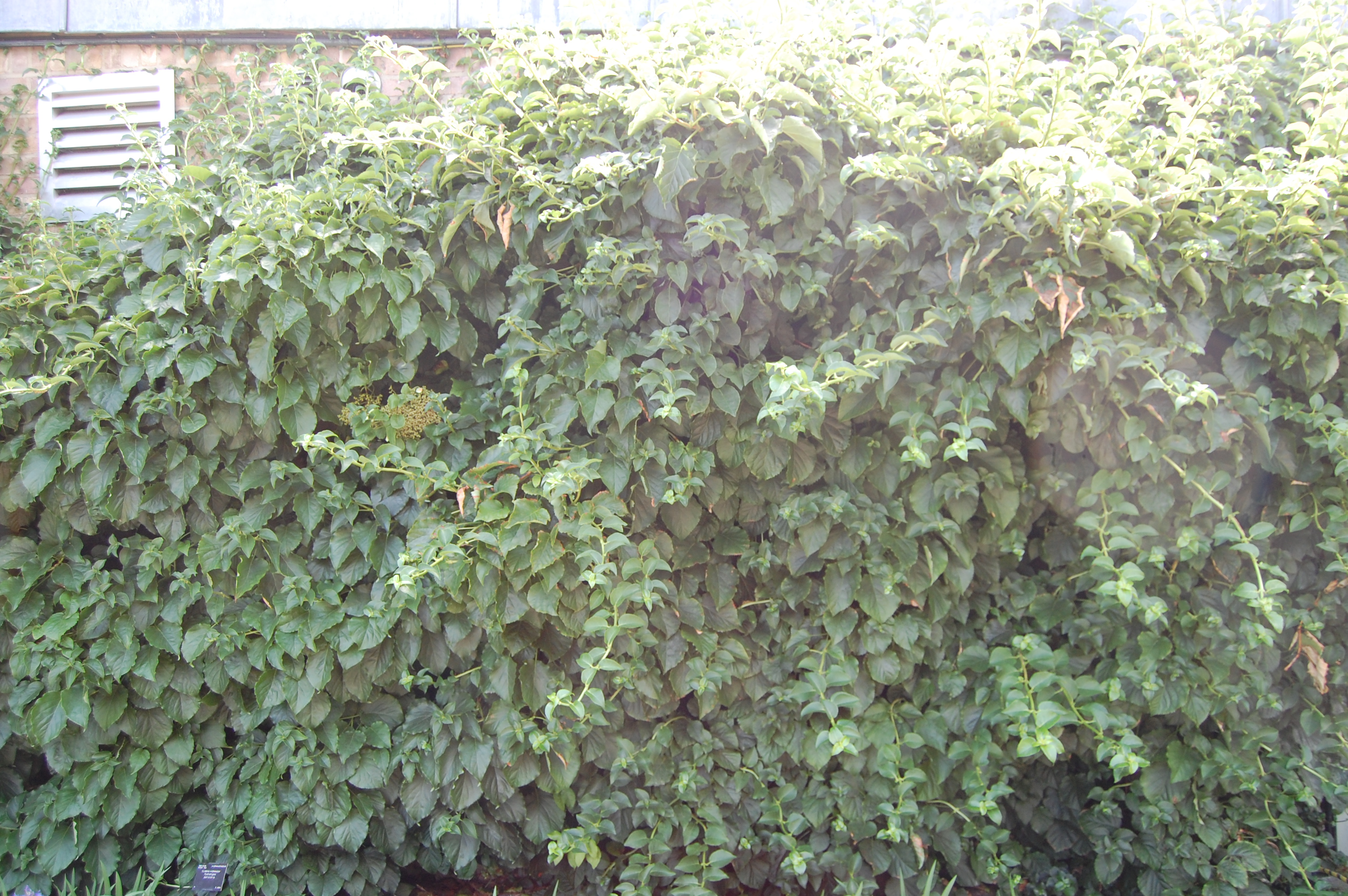Hydrangea (/ha?'dre?nd?i?/;common titles hydrangea or hortensia) is a genus of 70-75 types of flowering plants native to southern and eastern Asia (China, Japan, Korea, the Himalayas, and Indonesia) and the Americas. Definitely the greatest varieties diversity is within eastern Asia, china notably, Japan, and Korea. Most are shrubs 1 to 3 meters tall, but some are small trees and shrubs, and more lianas reaching up to 30 m (98 feet) by climbing up trees. They could be either evergreen or deciduous, although cultivated temperate kinds are all deciduous extensively.Having been introduced to the Azores, H. macrophylla is quite typical now, particularly on Faial, which is recognized as the "blue island" because of the multitude of hydrangeas present on the island.Life cycleHydrangea blooms are created from planting season to late autumn; they increase in flowerheads (corymbs or panicles) most often at the ends of the stems.
Typically the flowerheads contain two types of blossoms: small non-showy bouquets in the center or interior of the flowerhead, and large, showy flowers with large colourful sepals (tepals). These showy flowers are prolonged in a diamond ring often, or to the surface of the small flowers. Crops in outdoors populations routinely have few to none of them of the showy blossoms, while cultivated hydrangeas have been determined and bred to have more of the larger type bouquets.There are two flower arrangements in hydrangeas with Corymb style inflorescens, which include the commonly grown "bigleaf hydrangea"--Hydrangea macrophylla. Mophead plants are large rounded flowerheads resembling pom-poms or, as the name indicates, the relative brain of any mop. On the other hand, lacecap flowers bear round, flat flowerheads with a center core of subdued, small flowers surrounded by outer rings of larger flowers having showy sepals or tepals.
The plants of some rhododendrons and viburnums can seem, initially, similar to those of some hydrangeas.Colors and earth acidityIn most kinds the blossoms are white, but in some kinds (notably H. macrophylla), can be blue, red, pink, light purple, or dark crimson. In these species the color is afflicted by the existence of aluminum ions which can be found or tangled up depending after the soil pH. For H. h and macrophylla. serrata cultivars, the flower color can be determined by the relative acidity of the soil: an acidic soil (pH below 7), will supply aluminum ions and produce flowers that are blue to purple typically, whereas an alkaline soil (pH above 7) will tie up aluminum ions and result in pink or red flowers.
This is caused by a color change of the bloom pigments in the occurrence of aluminium ions which can be taken up into hyperaccumulating plant life.[6] Decreasing the pH of potting soils or mixes usually will not change the blossom color to blue, because these soils haven't any aluminum ions. The ability to blue or green a hydrangea is also influenced by the cultivar. Some plants are selected for their ability to be blued, while some are bred and selected to be red, white or pink. The flower color of all other Hydrangea species is not influenced by aluminum and can't be changed or shifted. Hydrangeas also have a nickname called 'Change Rose'.
Climbing Hydrangea • Hydrangea petiolaris • Hydrangea anomala

hydrangea petiolaris climbing climbing hydragea hydrangeas hydrangea
Climbing Hydrangea anomala spp. petiolaris at Wayside Gardens
Hydrangea petiolaris Wall Trained 18/07/2015, Kew Gardens, London

Tidak ada komentar:
Posting Komentar